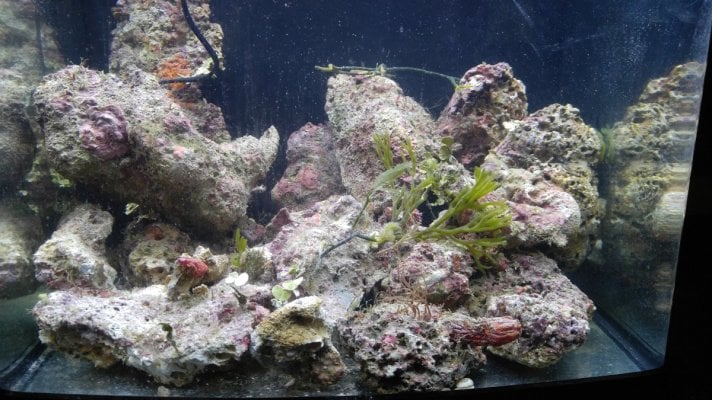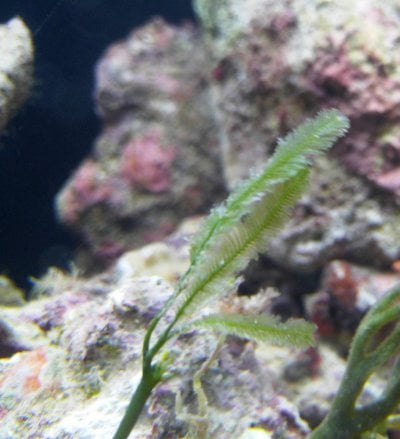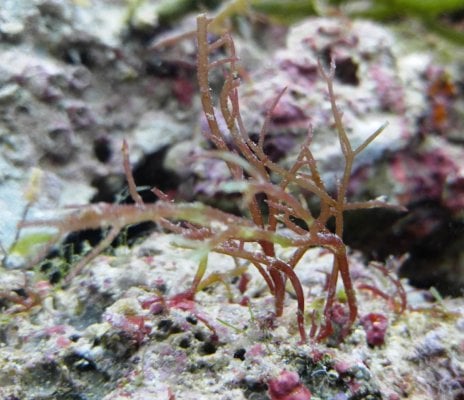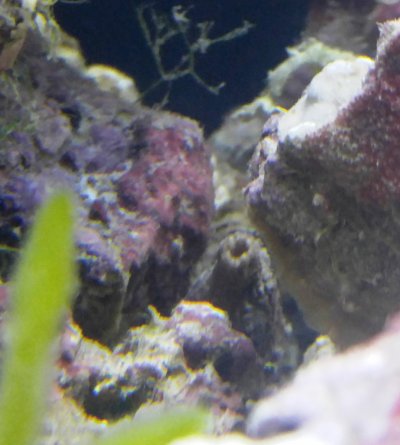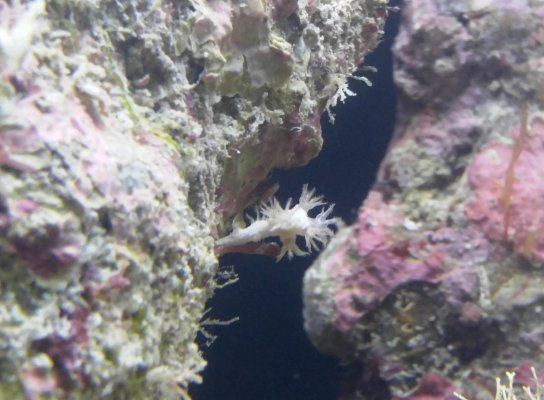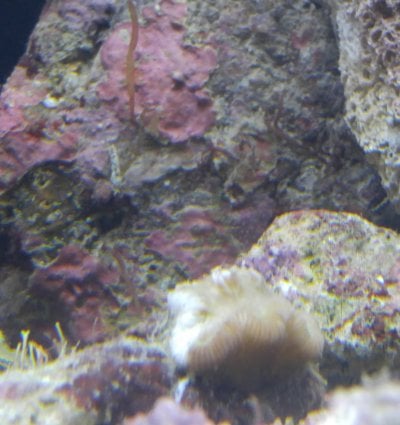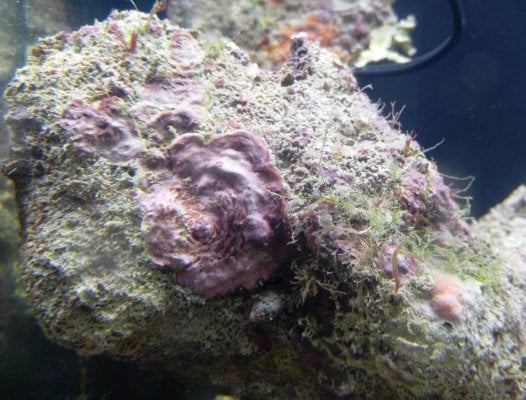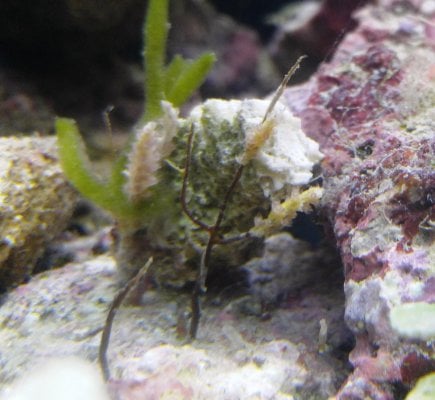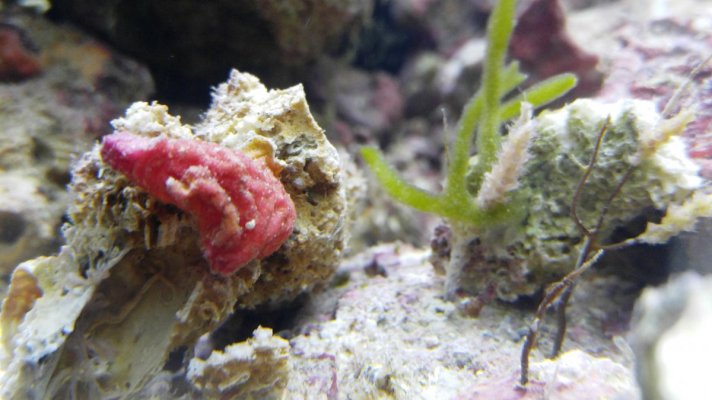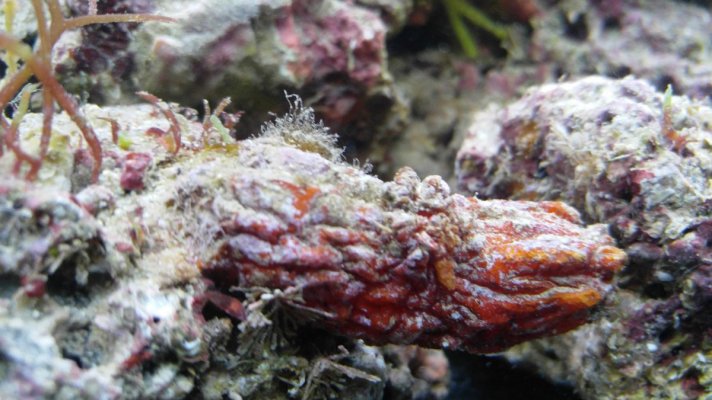I've started a new tank which is fully cycled and currently has 5 fish from my nano system. I'm still waiting on lights, but in the meantime I wanted to help with the biodiversity in the tank. When I restarted my nano back in April, I spurred an explosion of dinos because my tank was too clean. The problem still exists and I'm trying to avoid it getting a foothold in my new tank, so I'm looking into ways to add micro biodiversity to avoid the headache later on. While reef safe macro biodiversity is awesome, I mostly care about the micro stuff (bacteria, pods). I have some ideas and would love some advice!
1) Buy microdiversity packs like Live Sand Activator / WonderMud / MiracleMud / Fiji Mud and toss them into my sump.
2) Buy a couple lbs of real live rock from Gulf Live Rock, KPAquatics, etc.
3) Source some live rock from other aquarists with clean system.
Here is the catch ... I try to be very diligent about controlling what goes into my systems. I have missed some things, but have been great about 100% eliminating ich, velvet, bubble algae, aiptasia, coral parasites, flatworms, etc. What has gotten through are vermetid snails, spirorbid worms, hair, cyano, isopods, baby bristle worms, feather dusters, sponges, and a few other random worms (spaghetti, peanut maybe).
I'm trying to avoid a nuisance down the road as much as possible, so it's important that I can feel comfortable its ich / velvet free either immediately or through QT, and hitchhiker population is well controlled. I know catching everything beforehand is impossible, but I want to make an effort to stay within those parameters.
All options would be an addition in the sump.
Option 1 - looks promising, especially WonderMud. probably easier to screen for unwanteds.
Option 2 - looks risky, probably needs a decent quarantine period to see what comes out of the rocks before going in the sump, but has best biodiversity
Option 3 - also looks very promising, but depending on tank husbandry, may need to quarantine to avoid pests / parasites.
Would love some thoughts or any other alternatives I may have not considered. Trying to do it right the 3rd time around!
Thanks!!!!!
1) Buy microdiversity packs like Live Sand Activator / WonderMud / MiracleMud / Fiji Mud and toss them into my sump.
2) Buy a couple lbs of real live rock from Gulf Live Rock, KPAquatics, etc.
3) Source some live rock from other aquarists with clean system.
Here is the catch ... I try to be very diligent about controlling what goes into my systems. I have missed some things, but have been great about 100% eliminating ich, velvet, bubble algae, aiptasia, coral parasites, flatworms, etc. What has gotten through are vermetid snails, spirorbid worms, hair, cyano, isopods, baby bristle worms, feather dusters, sponges, and a few other random worms (spaghetti, peanut maybe).
I'm trying to avoid a nuisance down the road as much as possible, so it's important that I can feel comfortable its ich / velvet free either immediately or through QT, and hitchhiker population is well controlled. I know catching everything beforehand is impossible, but I want to make an effort to stay within those parameters.
All options would be an addition in the sump.
Option 1 - looks promising, especially WonderMud. probably easier to screen for unwanteds.
Option 2 - looks risky, probably needs a decent quarantine period to see what comes out of the rocks before going in the sump, but has best biodiversity
Option 3 - also looks very promising, but depending on tank husbandry, may need to quarantine to avoid pests / parasites.
Would love some thoughts or any other alternatives I may have not considered. Trying to do it right the 3rd time around!
Thanks!!!!!










